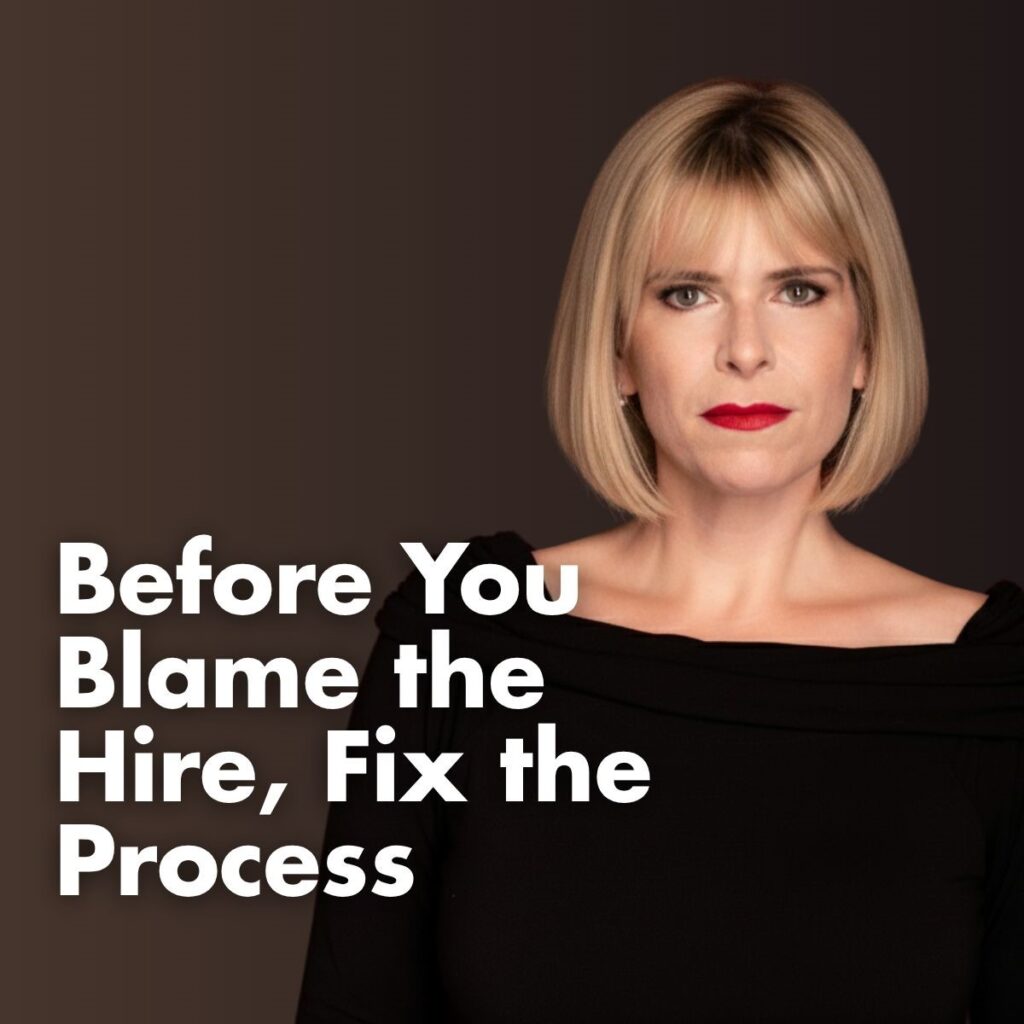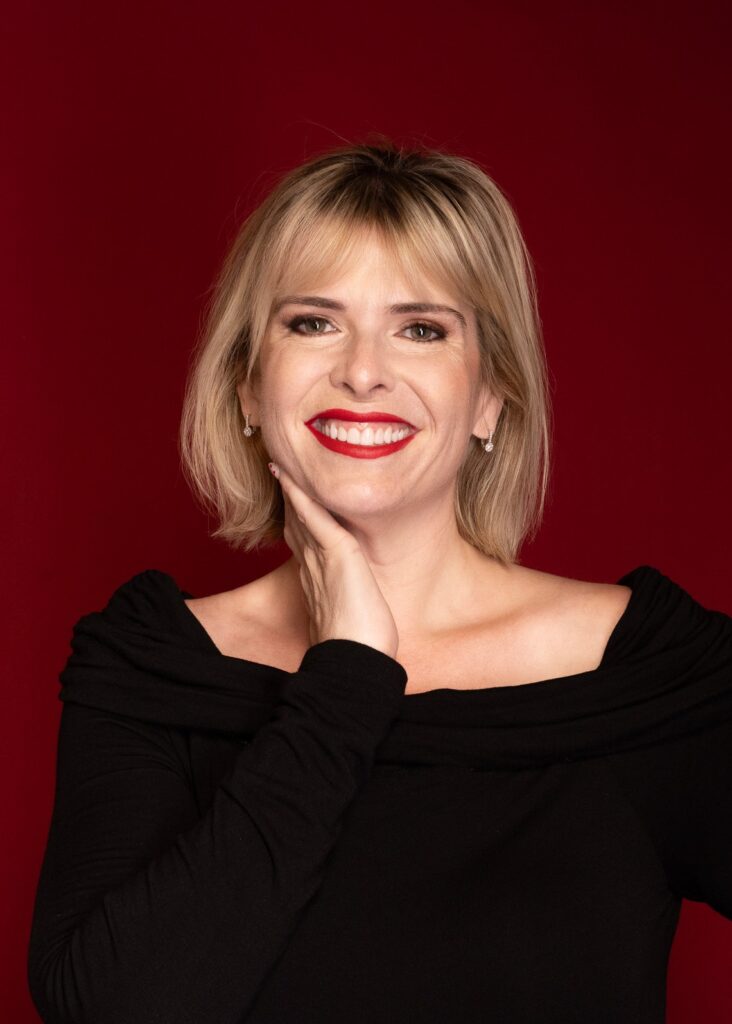You Might also like
-
Everyone Knows an Emma (and That’s the Problem)
Everyone knows an Emma.
Emma, the founder drowning in to-dos.
Emma, who swore this month she’d finally get help.
Emma, who spent three hours on Fiverr trying to find “a VA who can do everything.” I call them unicorns.I’ve met many Emmas, and here’s what I’ve observed: Emma isn’t the problem. The hiring process is.
When her inbox hit 1,200 unread messages, Emma went to Fiverr. She typed “virtual assistant, reliable, proactive, English fluent” and hired someone in 48 hours. For two weeks, things looked fine. Then tasks slipped, instructions were repeated, and eventually, the VA disappeared mid-project.
So Emma said what many founders say in this situation:
“I guess I’m just bad at delegating.”
or
“There are no good people out there.”But here’s what really happened:
• Nobody helped Emma define what she actually needed.
• Nobody asked, “What will success look like 90 days from now?”
• Nobody said, “You don’t need a VA, you need a project coordinator.”Marketplaces can’t ask those questions. They just match keywords. They don’t challenge business owners on what they think they need. Marketplaces are built for transactions, not transformations.
Good agencies are different. They sit with the messy notes from founders, the voice messages, the vague frustration of “I just need help,” and turn that into a clear process. They design a role before the hire.
That invisible work — the questioning, the clarifying, the diagnosing — is what turns a two-week freelancer into a two-year team member.
So stop the cycle of hiring before understanding.
Before hiring, take the time to:
1- Get help defining what you truly need.
2- Map the skills to your real priorities.
3- Make sure your new hire has the context to succeed.The goal isn’t to fill a seat fast. It’s to know when Fiverr fits, and when it doesn’t.
 Post Views: 22
Post Views: 22 -
Cheaper Help to Aligned Help: The Story Behind Staff4Half
I thought I needed cheaper help. What I really needed was aligned help.
Back when I was running my California-based office supply business, Gorilla Stationers, payroll was my biggest expense and compliance headaches never seemed to stop. Despite paying top dollar, I couldn’t always count on the work getting done right. So I did what every cost-conscious entrepreneur eventually does: I hired offshore.
The Philippines made sense, great people, affordable rates. But then came the 2 a.m. Zoom calls. Not for me, but for my team abroad. I could hear the exhaustion in their voices, even when they smiled through it. The 12-hour time difference between the Philippines and the U.S. made me wonder: is this really how I want to grow, by making people labor through their nights? It felt unethical.
I didn’t want just cheap help. I wanted team members who could have a healthy work-life balance that worked for them and for me. And that shouldn’t be limited to my U.S. team.
That dilemma was still on my mind when I flew to Buenos Aires for an EO event. What I found surprised me:
✔️ U.S. time-zone alignment
✔️ A cost advantage compared to U.S. salaries
✔️ And a European-style culture of ownership and pride in workSo I decided to give it a try. I hired a VA to help me with my admin. That one hire turned into two. Then five. They helped me grow Gorilla Stationers while building a healthier team.
As I shared my experience, the inquiries started:
“Where did you find this person?”
“Can you help me get someone like that?”And just like that, Staff4Half was born, from solving my own talent problem in a way that finally felt aligned with my values, my clients, and my team.
If you’re tired of trading cost for quality, or ethics for output, I’ve been there. There’s a better way to build.
 Post Views: 157
Post Views: 157 -
The Art (and Science) of Hiring in 2025
Over the past 24 years, I’ve read thousands of resumes, interviewed hundreds of people, and hired across multiple companies. I thought I had a ton of experience — until I met Cecilia and Victoria. I’m in awe.
Why? Because Cecilia and Victoria are true experts at sourcing new team members. The other day, I did a quick calculation: between them, it’s easily over 40,000 interviews throughout their careers. That’s an incredible amount of experience.
And I’m not saying this because they are part of my team, but because I’ve seen firsthand how much hiring has changed over the past 24 months — more than it did in the previous 24 years. Hiring hasn’t gotten easier. Quite the opposite.
I think this is one of the biggest challenges small companies face today: finding the right people in a sea of opportunities. Getting hiring right determines the success of any business. Get it right, and the business grows. Get it wrong, and it stagnates.
Here are three timeless techniques Cecilia and Victoria use when interviewing candidates after scanning thousands of applications:
1. Details that hurt
Anyone can talk about wins. The real test is whether they can tell the story behind them in vivid detail — what really happened, who was involved, and what the friction was. They even ask small things like what the weather was like during a specific event to test authenticity.2. Process over polish
They ask candidates to walk through how they did something, step by step. Real experience is a little messy. Made-up experience sounds like bullet points. They look for the small missteps and corrections that prove genuine experience.3. The pause
Real memory makes people stop and think. Over-rehearsed answers don’t. When on a video interview, do the eyes move slightly as they recall, or do they stay fixed? That’s a subtle but powerful signal.These are fundamentals in a hiring process that has only gotten more complex in recent months. But they remain the foundation — even in a world of a thousand resumes and AI-polished applications.
 Post Views: 34
Post Views: 34


